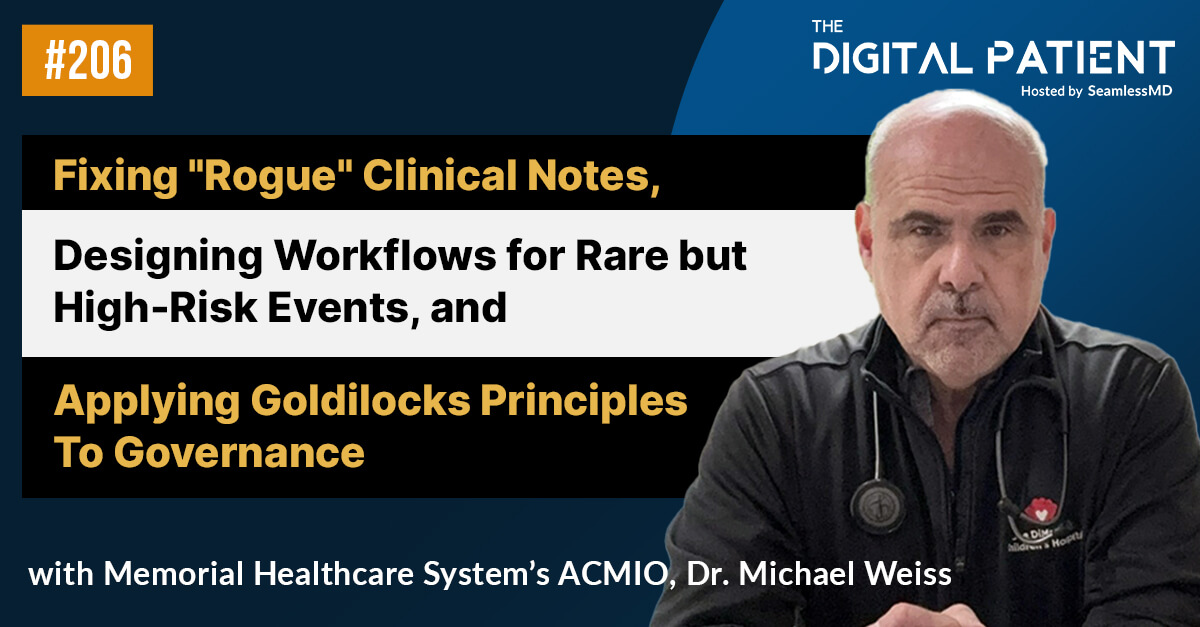Subscribe on: RSS | SPOTIFY | APPLE PODCAST | GOOGLE | BREAKER | ANCHOR
Video:
In this episode of the SeamlessMD Podcast, Dr. Joshua Liu, Co-founder & CEO at SeamlessMD, and marketing colleague, Alan Sardana, discuss how Ontario hospitals are tackling the surgery backlog with Digital Patient Engagement. See below for show notes.
Guest(s): Dr. Joshua Liu (@joshuapliu), Co-founder & CEO at SeamlessMD
Episode 22 – Show notes:
[00:23] How COVID-19 has impacted surgery over and above keeping the ICU clear for COVID-19 patients such as the rise of patients with later-stage cancers requiring surgery;
[04:55] How COVID-19 has health systems are re-examining current workflows to understand inefficiencies such as in-person pre-operative education, the cons of paper education booklets, unnecessary post-op follow-up visits, and how digital patient engagement can help improve some of these workflows;
[07:02] How Ontario health systems such as Michael Garron Hospital, Sunnybrook, and Sinai Health System used digital patient engagement for years to reduce patient cancellations, ED visits, and readmissions;
Relevant Research:
- • Michael Garron Hospital (2015) reduces surgery cancellations and ED visits: Use of Mobile Device Reminders and Web-Based Modules to Improve Surgical Outcomes
- • St. Joseph’s Healthcare Hamilton (2018) reduces surgery ED visits by 47%: The Addition of a Mobile App to a Post-Discharge Home Care Program Following Lung Resection Reduces the Rate of Emergency Room Visits
- • Sunnybrook (2019) prevents patient phone calls: Improving Patient Engagement and Self-Management through Mobile Technology
- • Sinai Health System (2020) reduces surgery readmissions by 66%: An Integrated Monitoring System Using a Mobile App to Support Patients at Home Following Colorectal Surgery
[08:00] Why the Ontario Telemedicine Network (OTN) established a vendor of record (VOR) for digital surgery solutions in 2017 so Ontario health systems could adopt pre-vetted digital technology faster, and how SeamlessMD is the only Canadian vendor included on the VOR today;
[12:00] How digital patient engagement enables hospitals to tackle the surgery backlog by screening patients and employees for COVID-19, while preparing patients for surgery pre-operatively, and by tracking post-op symptoms remotely, minimizing risk for patients;
[15:26] Why the federal government set up Supercluster projects to bring industry partners together to solve important problems, and how SeamlessMD leads the national Supercluster project dedicated to reducing the surgery backlog through innovative digital patient engagement and machine learning;
[21:36] How digital patient engagement could be used in a post-pandemic world to support a variety of health conditions and interventions and why reimbursement models will need to change because of the increased use of digital patient engagement; and
[25:56] Why digital patient engagement is a stepping stone for creating a virtual care future because of its application of current technologies already benefiting patients and health systems alike;
.svg)









.png)
